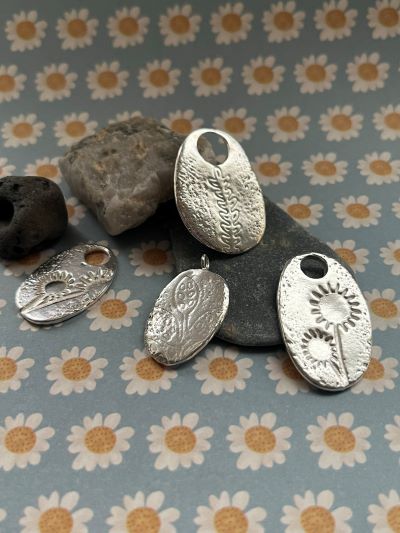Getting started with silver clay? Here’s a selection of FAQs to provide you with all the information you need.
What is silver clay?
Silver clay is a soft pliable clay that can be shaped with your fingers that is made up of silver particles, water and an organic binder. Silver clay is shaped using your fingers or tools, dried out and then fired with a blowtorch or kiln. The firing process burns off the binder and what is left are sintered particles of silver.
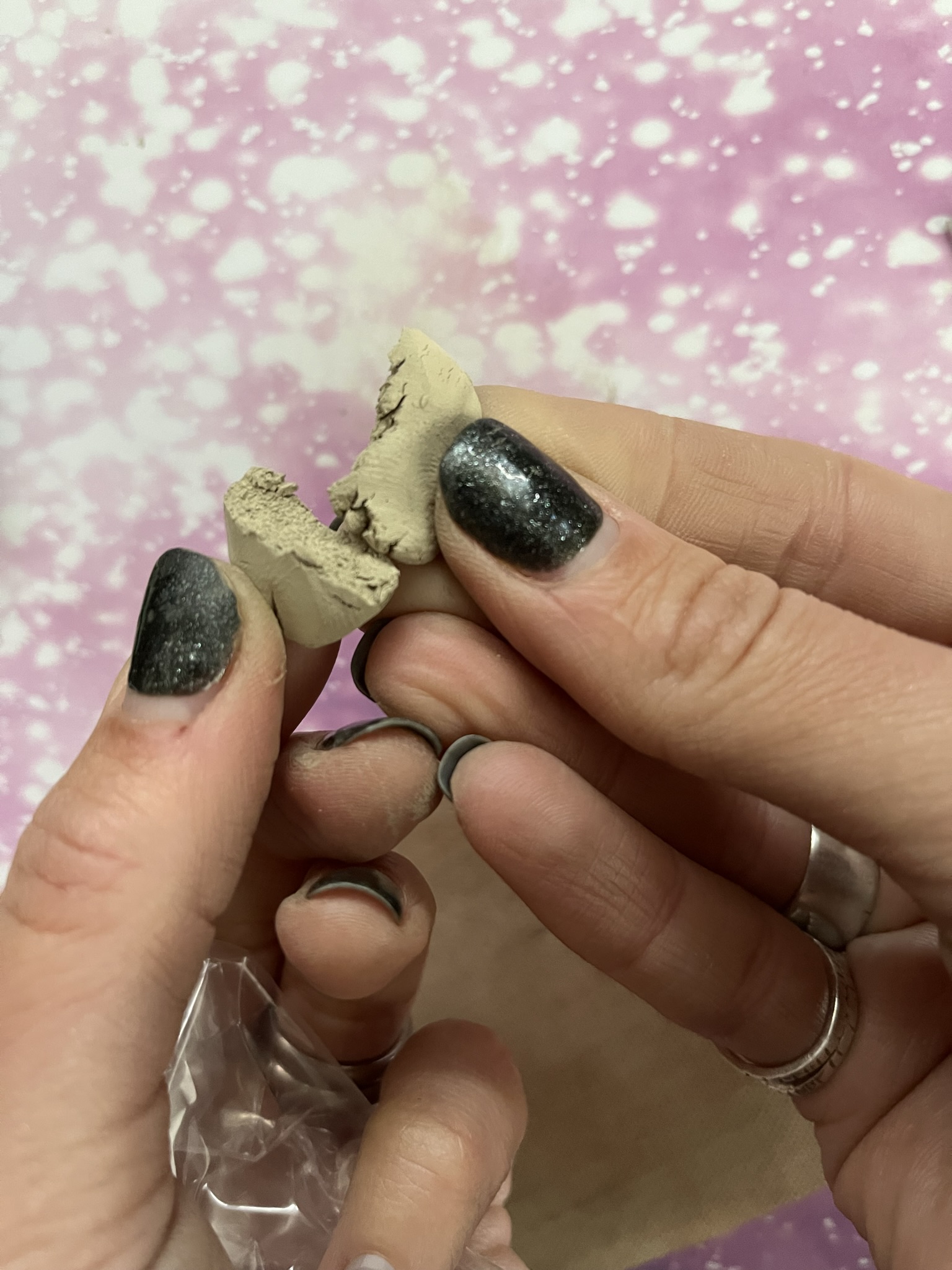
Is silver clay real silver?
Yes, silver clay is real silver. After it has be fired the piece of clay becomes solid silver. 999 silver clay can be hallmarked as ‘fine silver’. Silver clay comes in different varieties and forms such as paste, in syringes and as a lump.
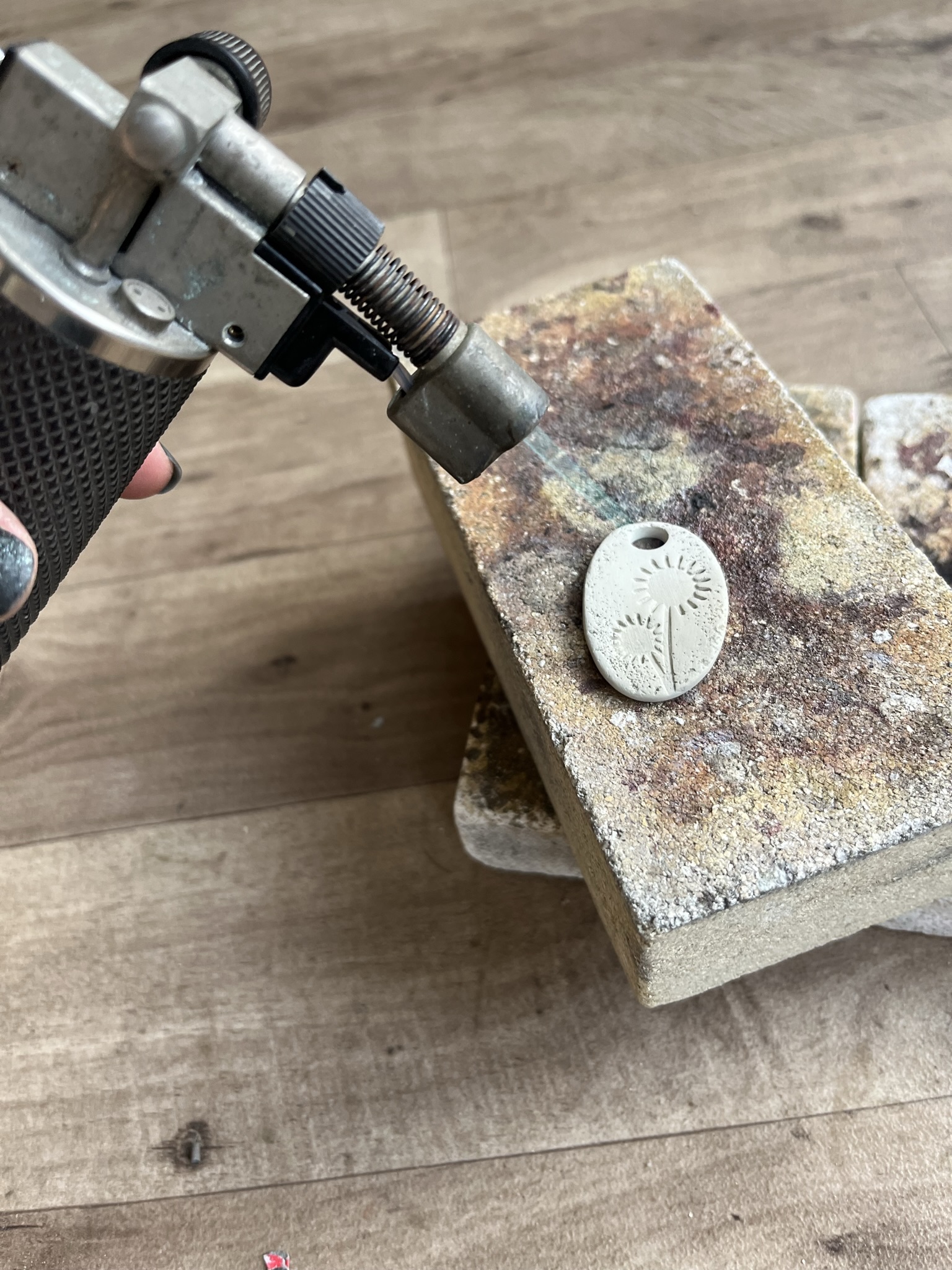
How does silver clay work?
Silver clay looks and feels like ordinary sculpting or porcelain clay. It is made with fine particles of pure silver mixed with a non-toxic organic binder. When the clay is dry and free from moisture the binder can be burned away using a high temperature heat source.
There are only 3 components to silver clay:
- Silver particles
- Moister/water
- Organic binder
When the moisture and organic binder are gone only silver remains. After firing the silver particles have essentially sintered together resulting in a solid silver piece.
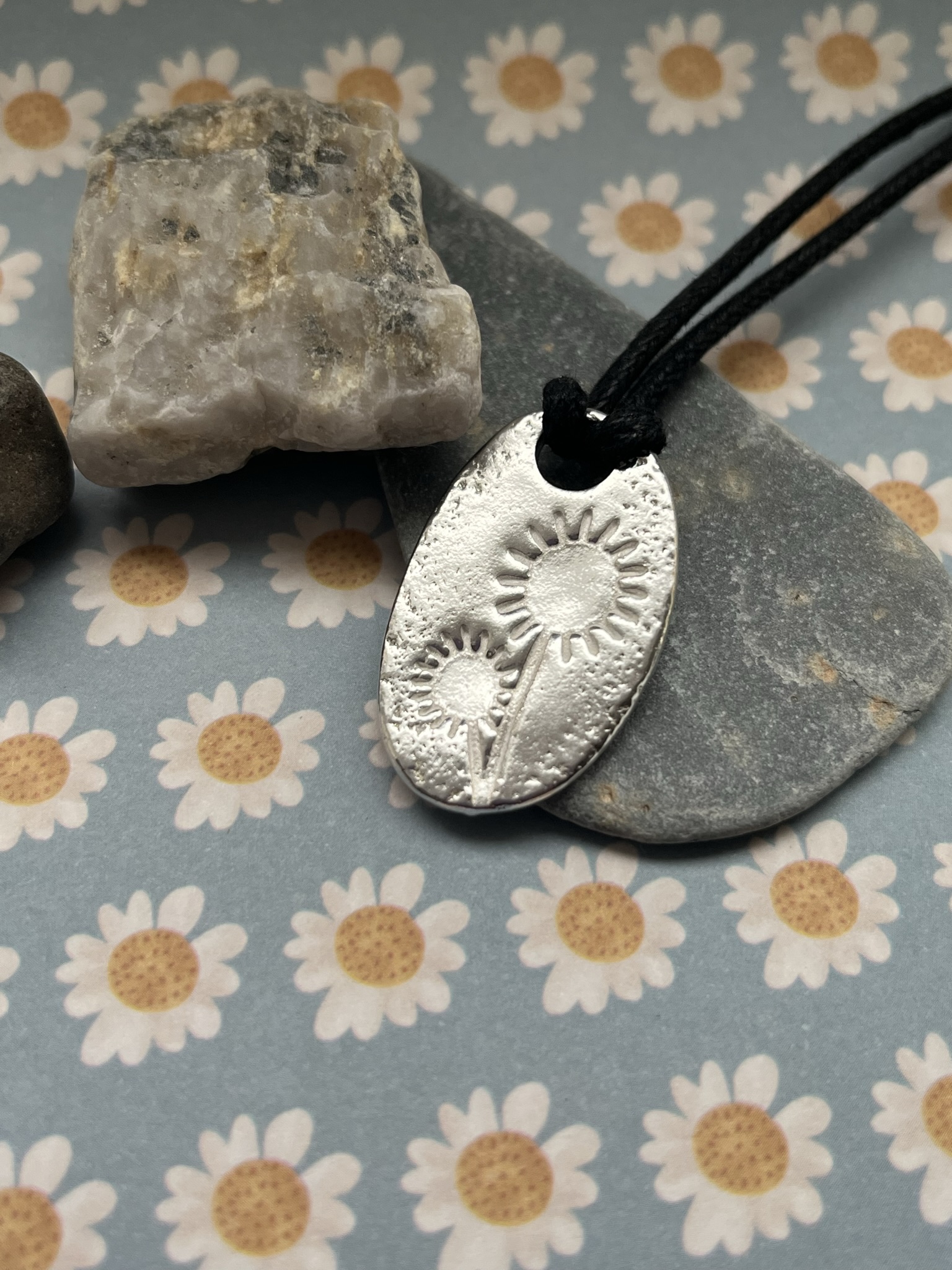
How do I use silver clay?
Silver clay can be used and shaped as you would any other clay. It can be shaped using your fingers or with tools such as these silicone tools. It’s important to work quickly as the clay can dry out pretty quickly. You can cut and carve the clay and when dry you can file and smooth the clay.
When fired you can smooth and polish the clay. You can add stones, enamel on the clay as well as solder it after firing.
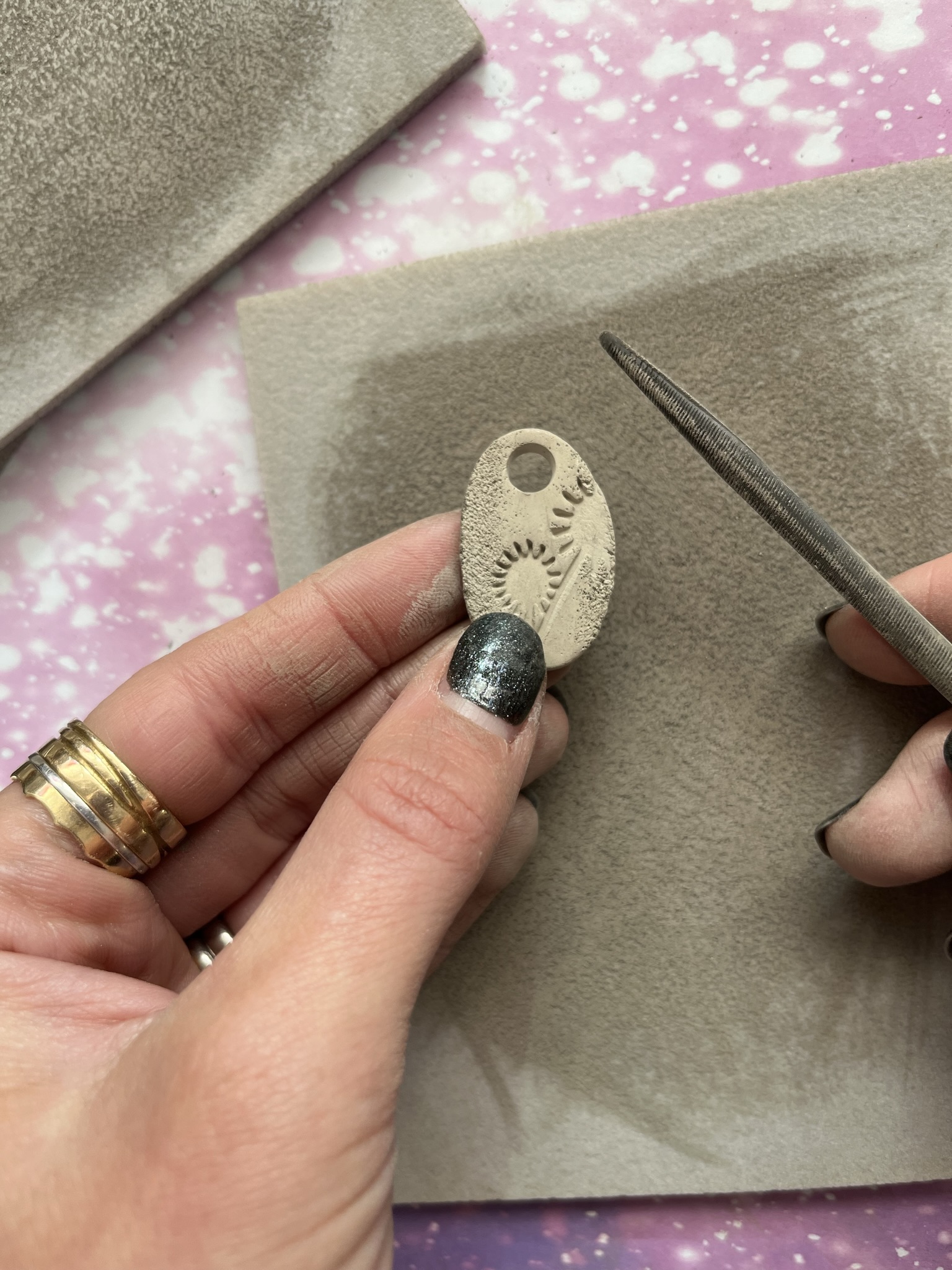
How do I shape silver clay?
- Shape clay on a smooth waterproof surface. Roll metal clay using an acrylic rolling pin and covering any surface it comes into contact with balm (or olive oil).
- Roll a snake shape using two smooth blocks such as these acrylic blocks.
- Attach smaller pieces to larger clay shapes using silver paste.
- Add details using metal clay syringe paste.
- Smooth the clay using your fingers or silicone tools. Add texture everyday utensils and found objects.
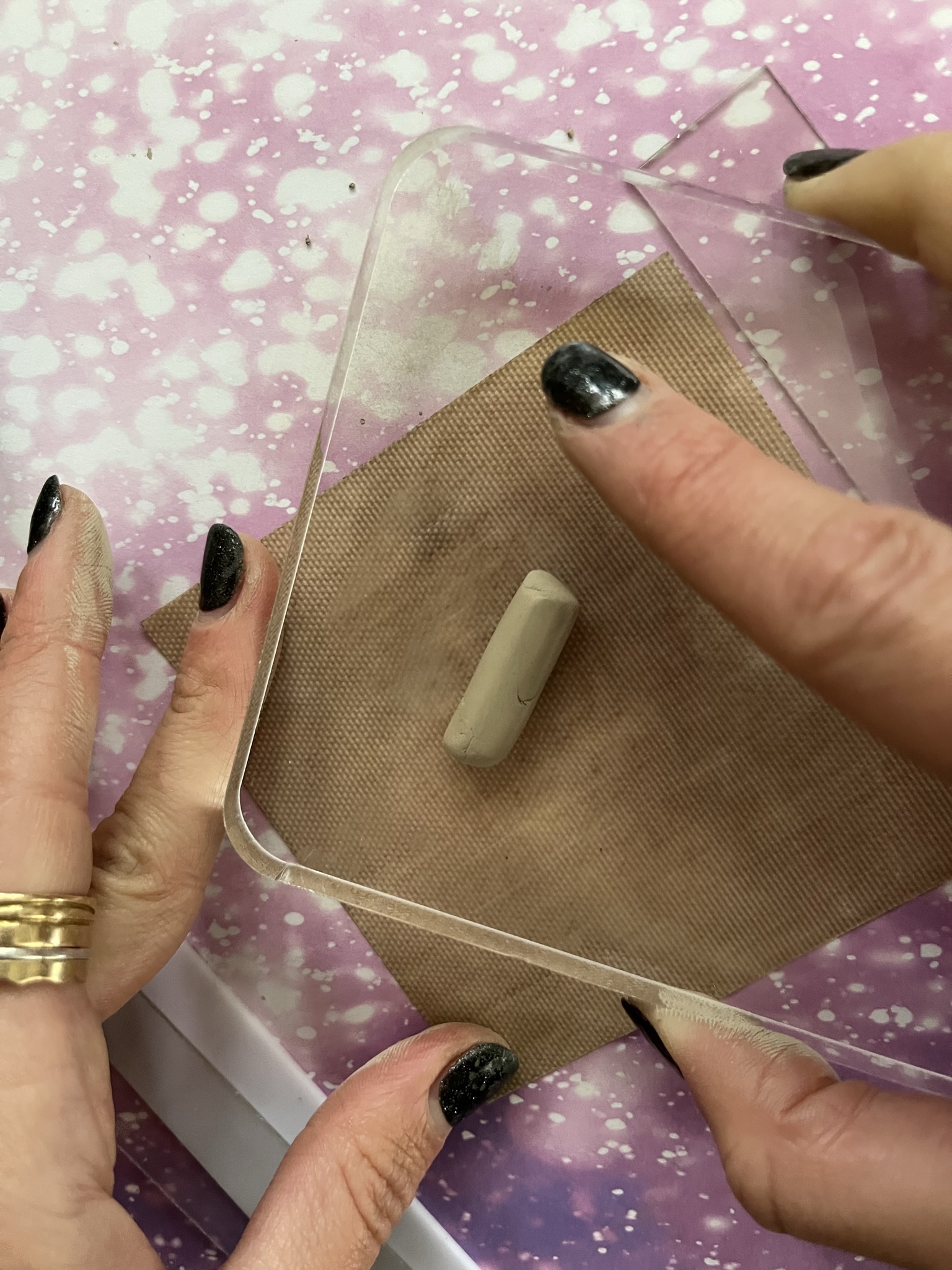
How can I stop my metal clay from drying out?
- Handle quickly
- Cover up when not in use
- Work on waterproof surfaces such as plastic rather than wood or paper
- Use balm to stop it sticking
- Use rehydration fluid
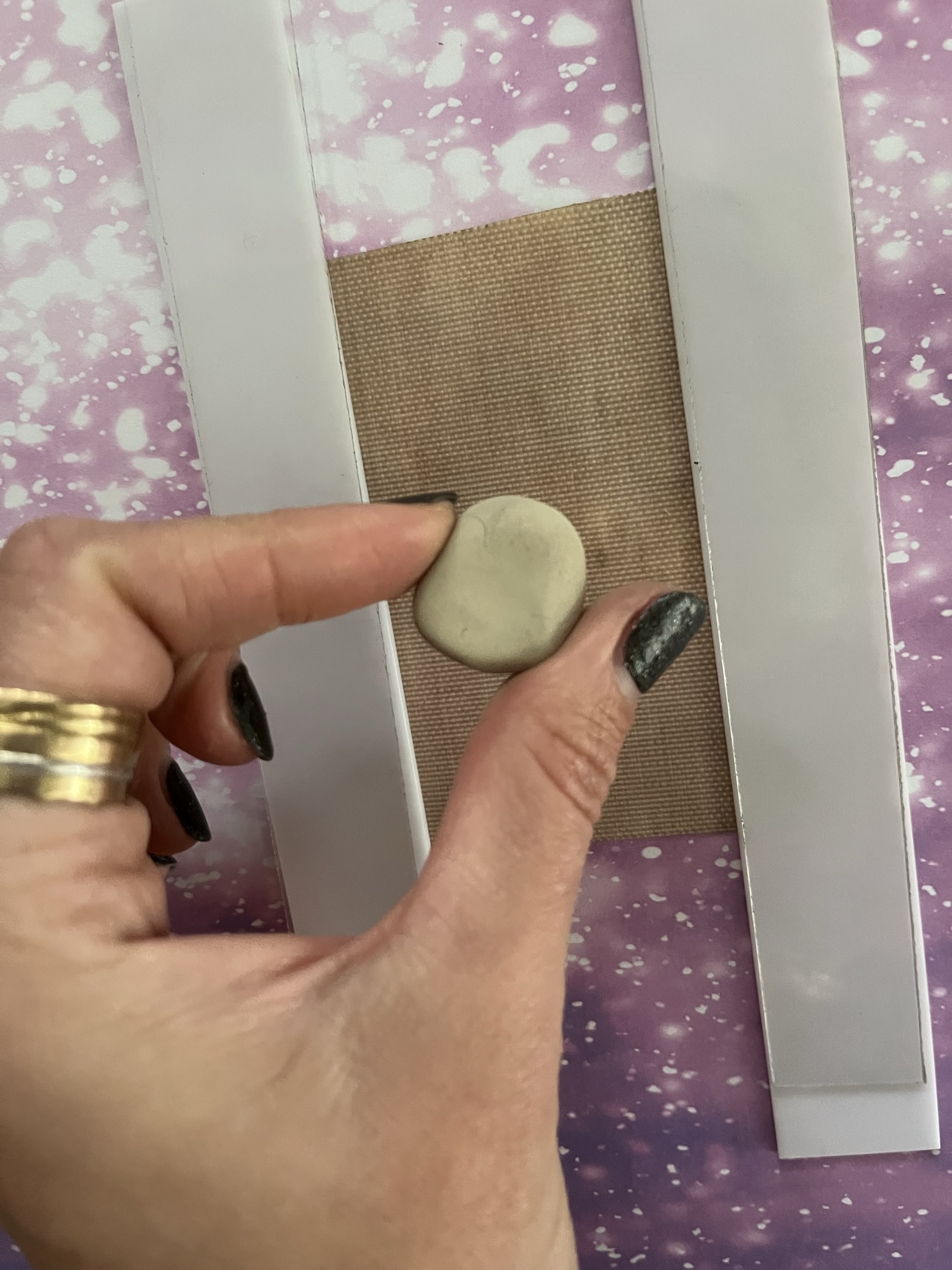
How do I dry silver clay?
Silver clay needs to be fully dry before firing. If there is any trapped moisture in the clay it may expand as it heats and create blisters. Air drying is the best way to dry your clay, leaving it overnight.
To accelerate the drying time you could leave the clay on a sunny windowsill. You could use a mug warmer or hot plate to dry your clay, this could cause the clay to distort. For plate pieces of clay you could turn the piece of clay over every now and then or place them between a couple of pieces of card.
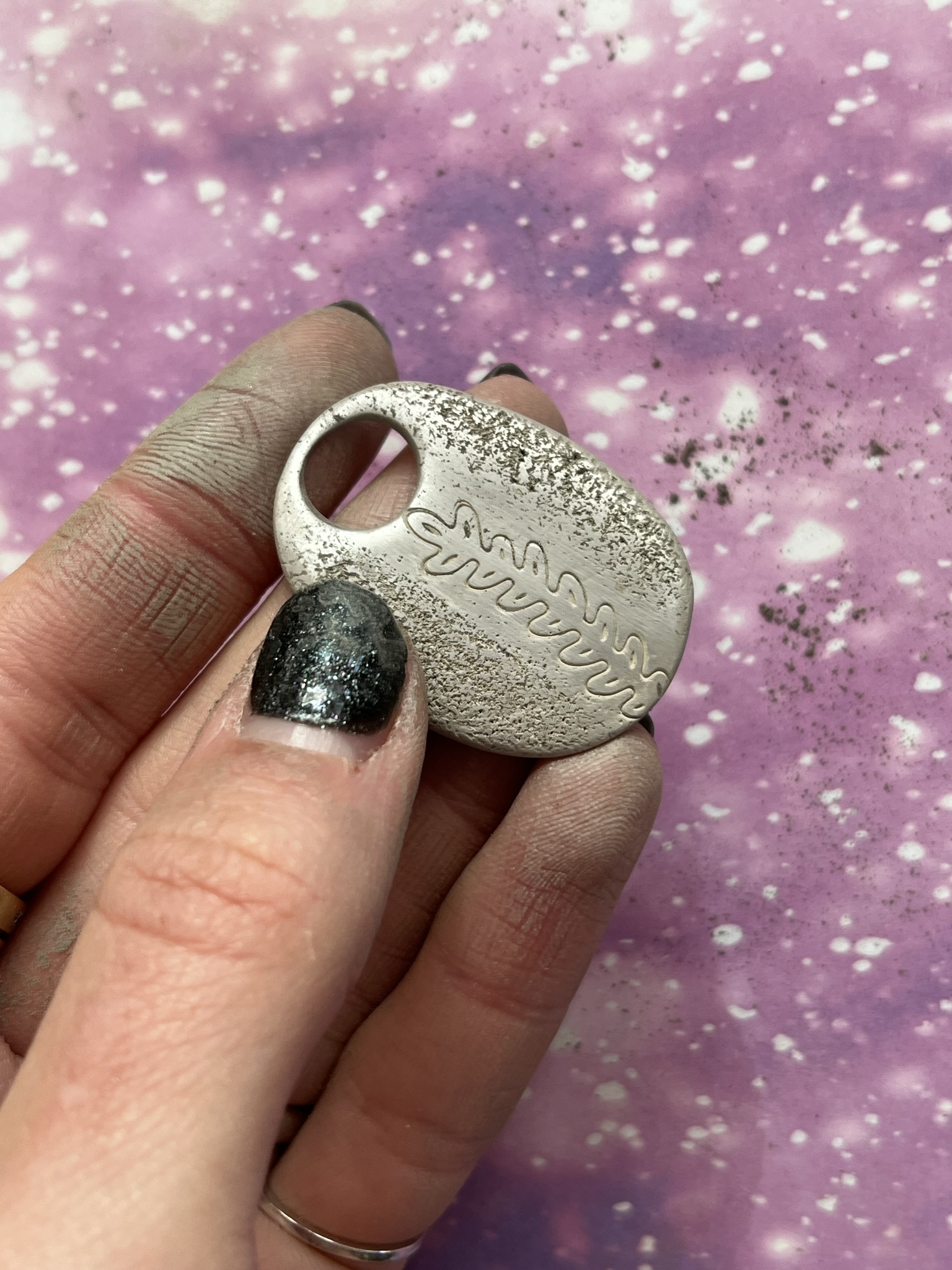
How do I file or smooth silver clay?
You can file and smooth silver clay before and after firing however, it is easier to file and smooth the silver clay before firing. When the silver clay is ‘leather hard’ you can cut or carve the clay as well as add texture. When the silver clay is ‘bone dry’ or ‘greenware’ you can file the clay using metal needle files and smooth using emery paper/boards working from the coarsest, to the finest.
Remember to support your work and be gentle as the clay is brittle at this stage.
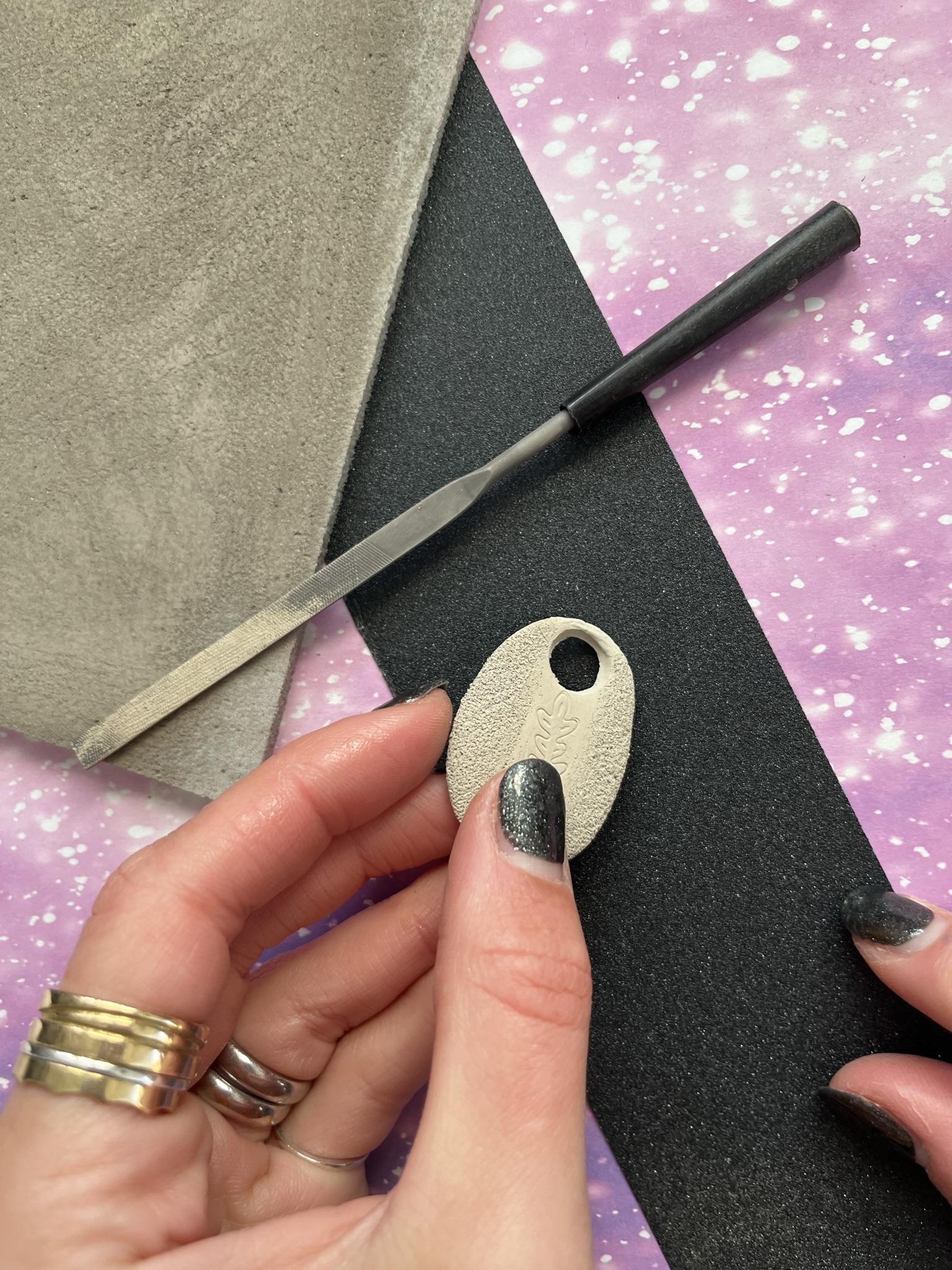
Can I mend my unfired silver clay?
You can repair a simple break with silver clay slip as well as fill in any cracks. Once repaired leave to dry and smooth over again.
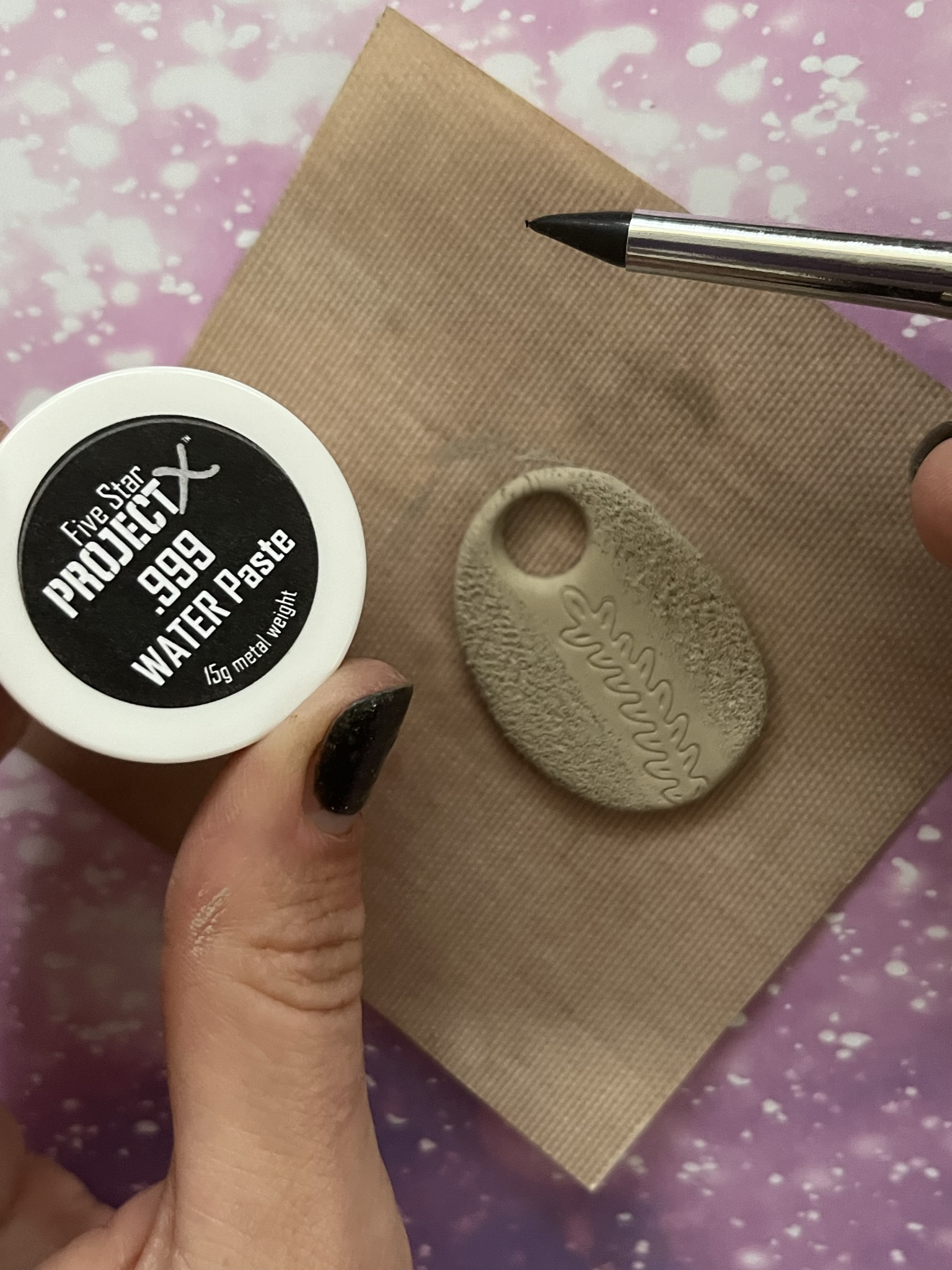
How can I smooth my silver clay flat before firing?
You smooth the back of a silver clay piece flat before firing by placing it on a flat piece of emery paper and moving it in a figure of 8 motion until smooth. Work down the emery papers from coarsest to smoothest.
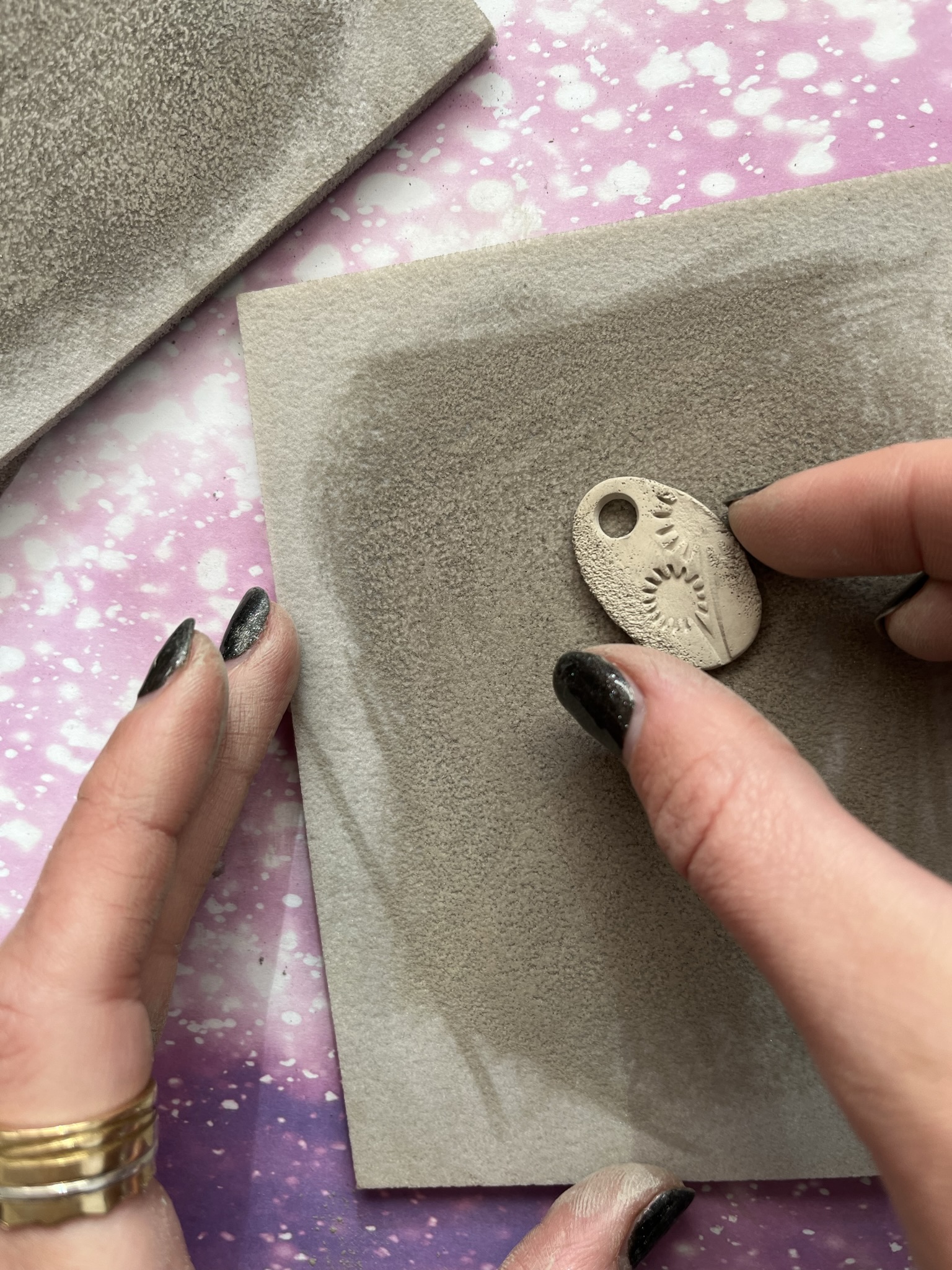
Can I bake or fire silver clay in the oven?
You cannot fire silver clay in an oven as it simply does not get hot enough. You can fire your silver clay on a gas hob ring. Page 54 of the book ‘Silver clay workshop’ has instructions on how to do this.
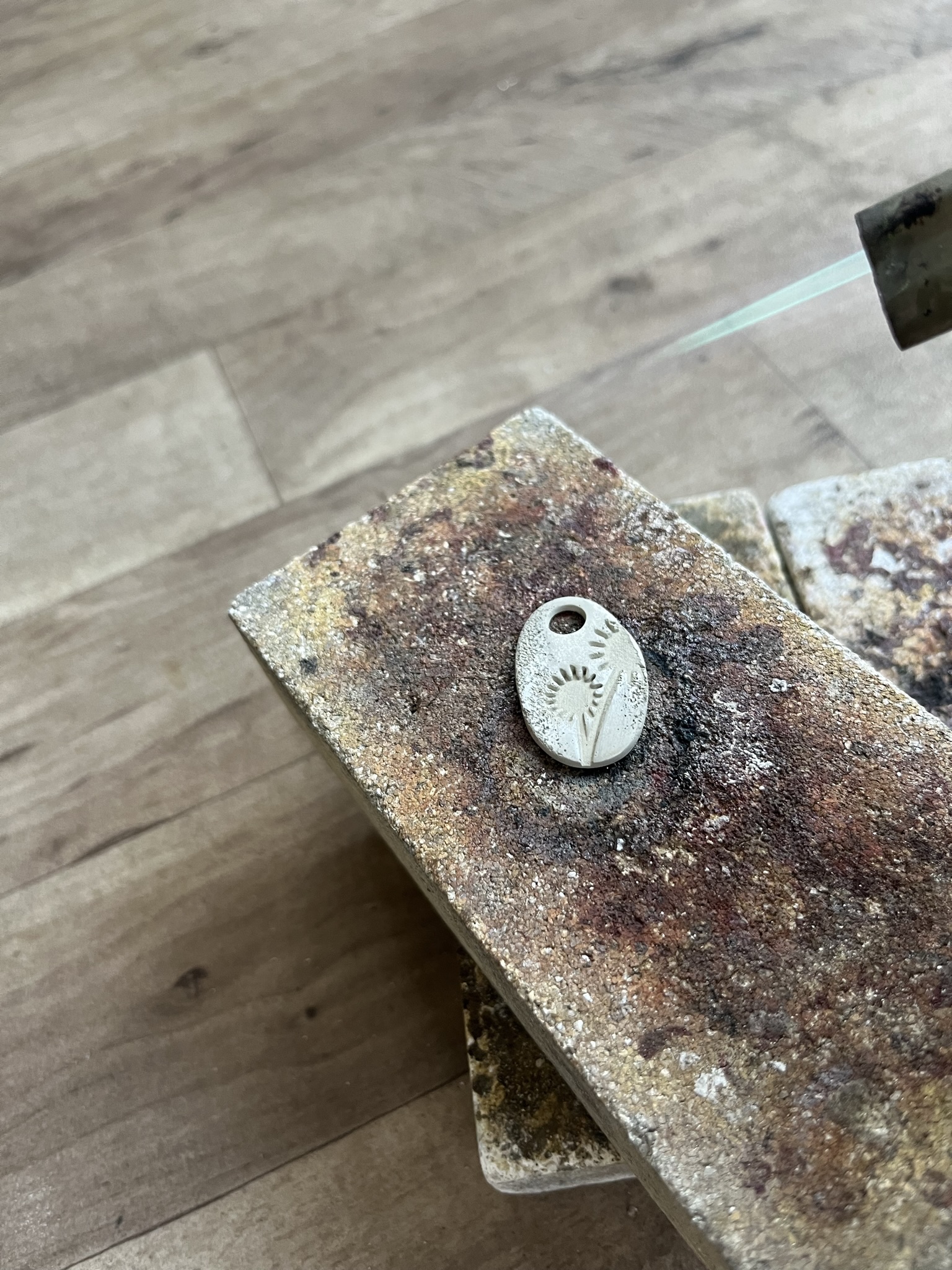
How do I bake or fire silver clay at home?
You can fire silver clay at home using a hand held blow torch on a heat proof block. Additionally the space and surface around the block must be protected and stable.
Follow the instructions provided for your specific brand of silver clay on how to fire the silver clay with a blow torch.
When firing your silver clay you will notice that the silver clay will smoke and burn as the organic binder burns away. You may also notice your piece of silver clay shrink, this is because the organic binder burns away and only the silver particles are left.
You can also fire your dry silver clay pieces using a kiln.
Follow the instructions provided for your specific brand of silver clay on how to fire the silver clay in a kiln. You will need safety equipment and kiln accessories alongside your kiln such as a shelf and shelf stands as silver clay should never be fired on the floor of the kiln.

Why does silver clay shrink when it has been fired?
All silver clay shrinks when fired. Different brands of clay shrink different %. When the bone-dry silver clay is heated to a really high temperature the intense heat vaporizes the binder and water and leaves only solid fully sintered silver hence why it shrinks. When designing and making something from silver clay you must consider the shrinkage. Patterns and lines will become closer together Holes and ring shapes will become smaller.
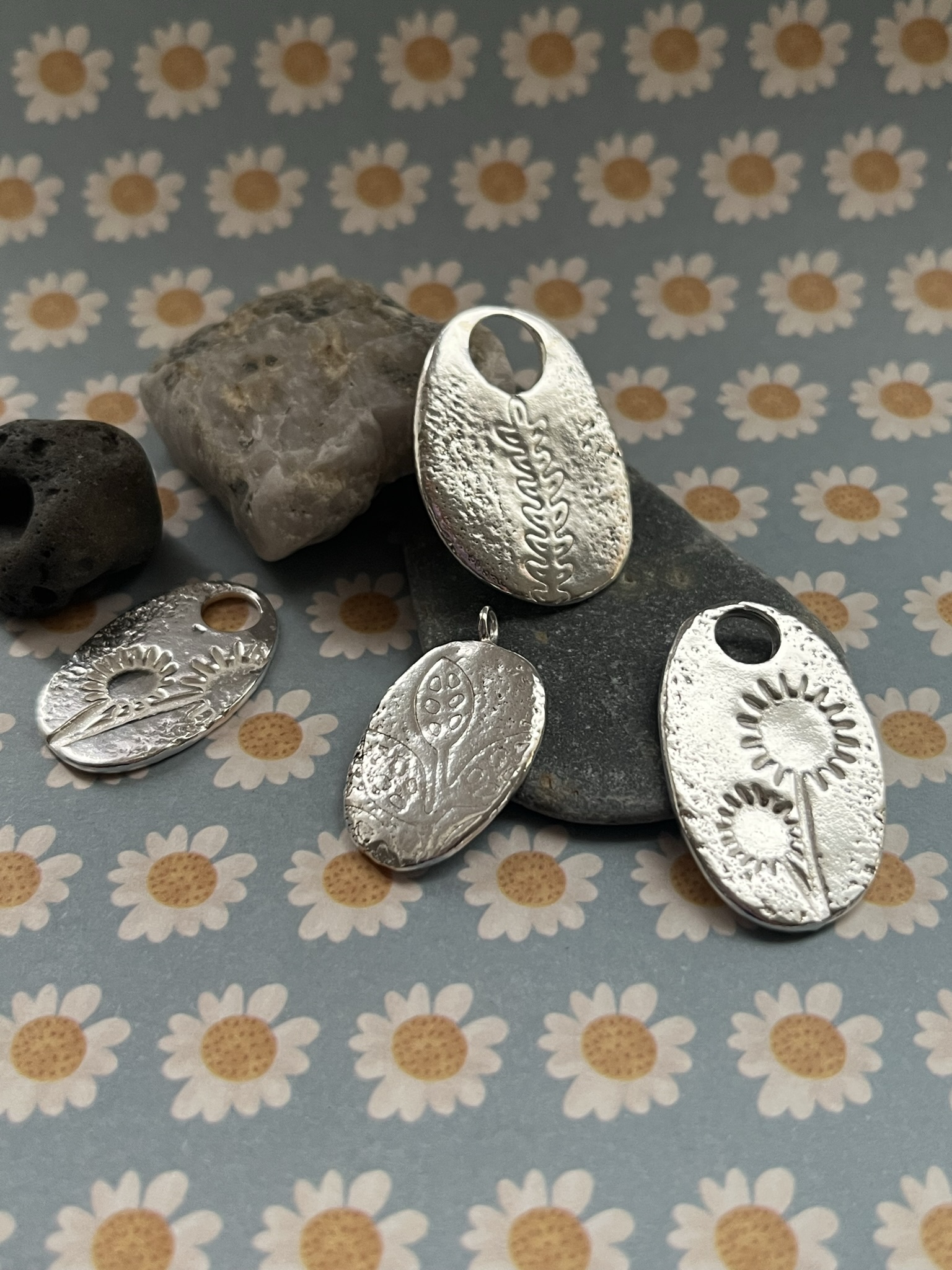
How much does silver clay shrink?
All silver clay shrinks by a different %. Be sure to check the packaging of your clay for the shrinkage.
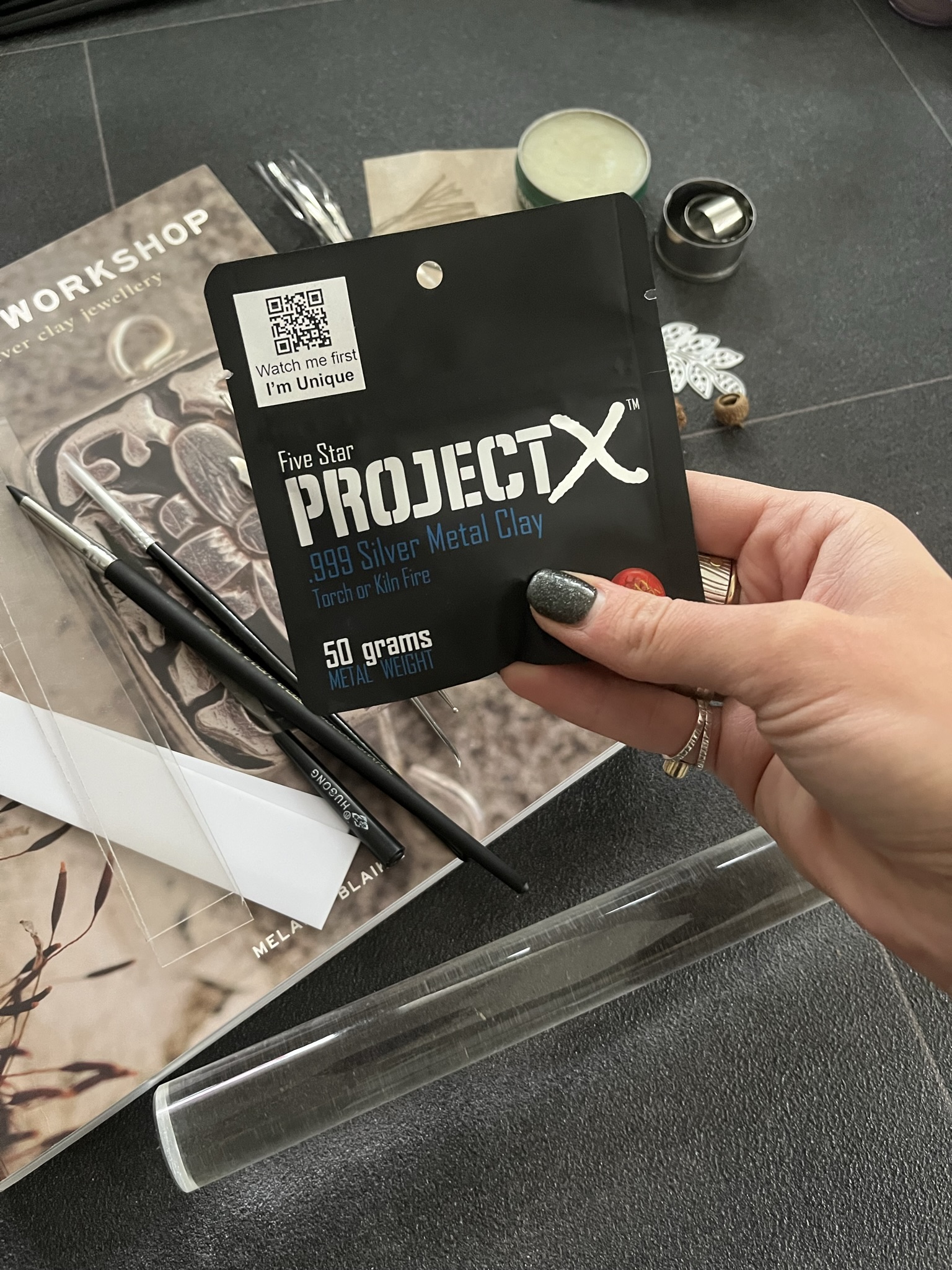
How much silver clay do I need?
From 6g of silver clay you can make this pendant.

How do I make a silver clay ring?
In the Silver Clay Workshop book, page 114, it explains how to make a silver clay ring, see below a list of instructions:
- Roll out silver clay strip
- Overlap silver clay on mandrel and cut.
- Use slip to join 2 ends
- Add any detail.
- Leave to dry
- File and sand
- Fire
- Polish

How do I make a silver clay pendant?
In the Silver Clay Workshop book, page 65, it explains how to make a silver clay pendant, see below a list of instructions:
- Roll out silver clay
- Add texture
- Add hole
- Leave to dry
- File and sand
- Fire
- Polish
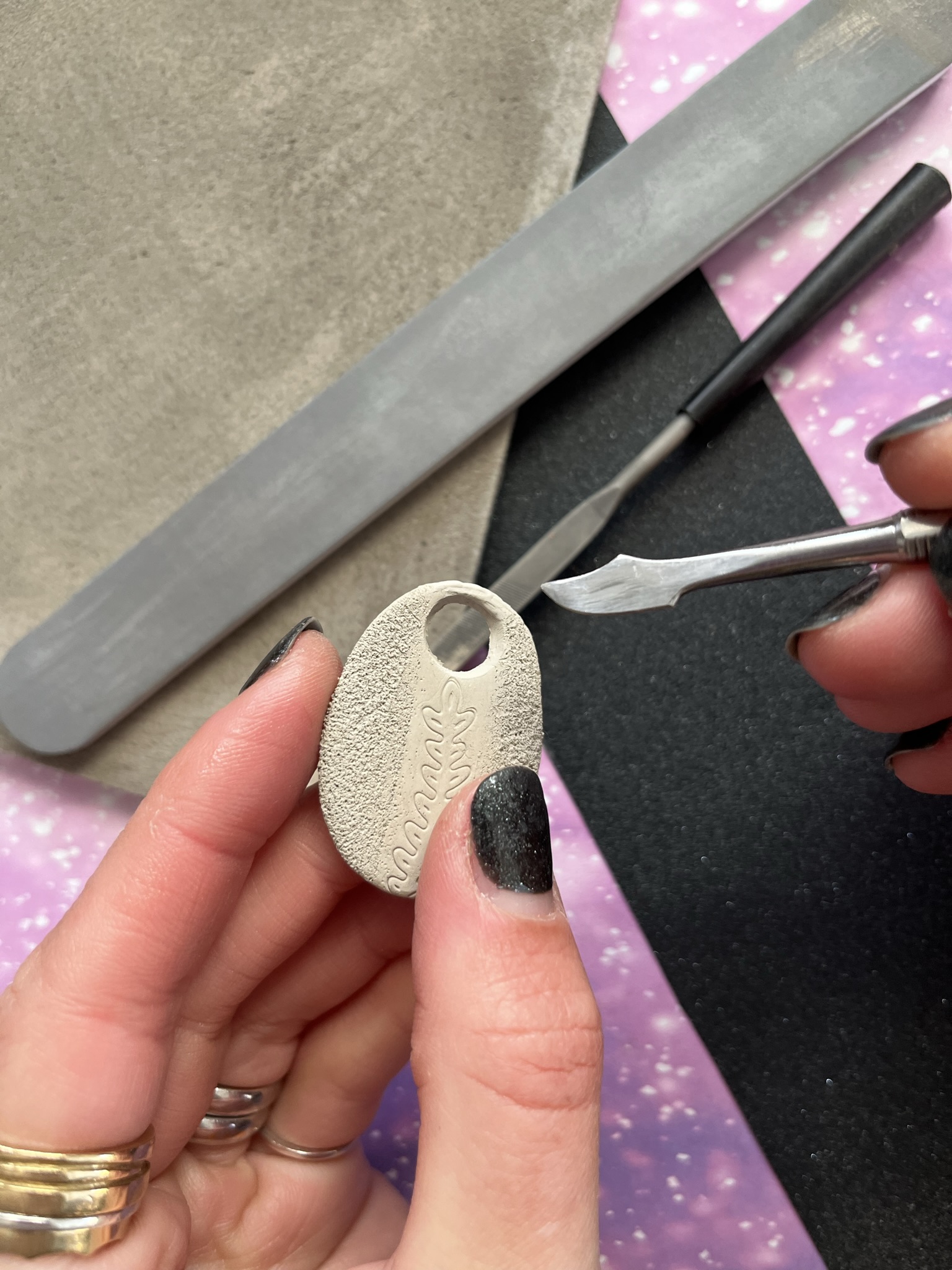
How do I add silver clay findings?
Roll out long pieces of silver clay and attach these to your silver clay shape using slip and incorporating this into your finished design. There are a number of ways to turn you silver clay shapes into finished wearable pieces of jewellery:
- Add fireable finding such as these eyelets whilst the silver clay is squishy.
- Use a drill bit to make a hole whilst the clay is leather hard or bone dry
- Drill the clay post firing. Solder on silver jump rings, findings or wire.

Can I solder silver clay?
Yes, you can solder your silver clay pieces post firing, however you must remember that if you solder sterling silver findings on to your silver pieces you could not have these pieces hallmarked as fine silver 999.

How can I polish silver clay jewellery?
There are multiple ways you are able to polish your silver clay jewellery. Here are a few listed below:
- Using a polishing cloth
- A tumble polishing machine
- Burnisher
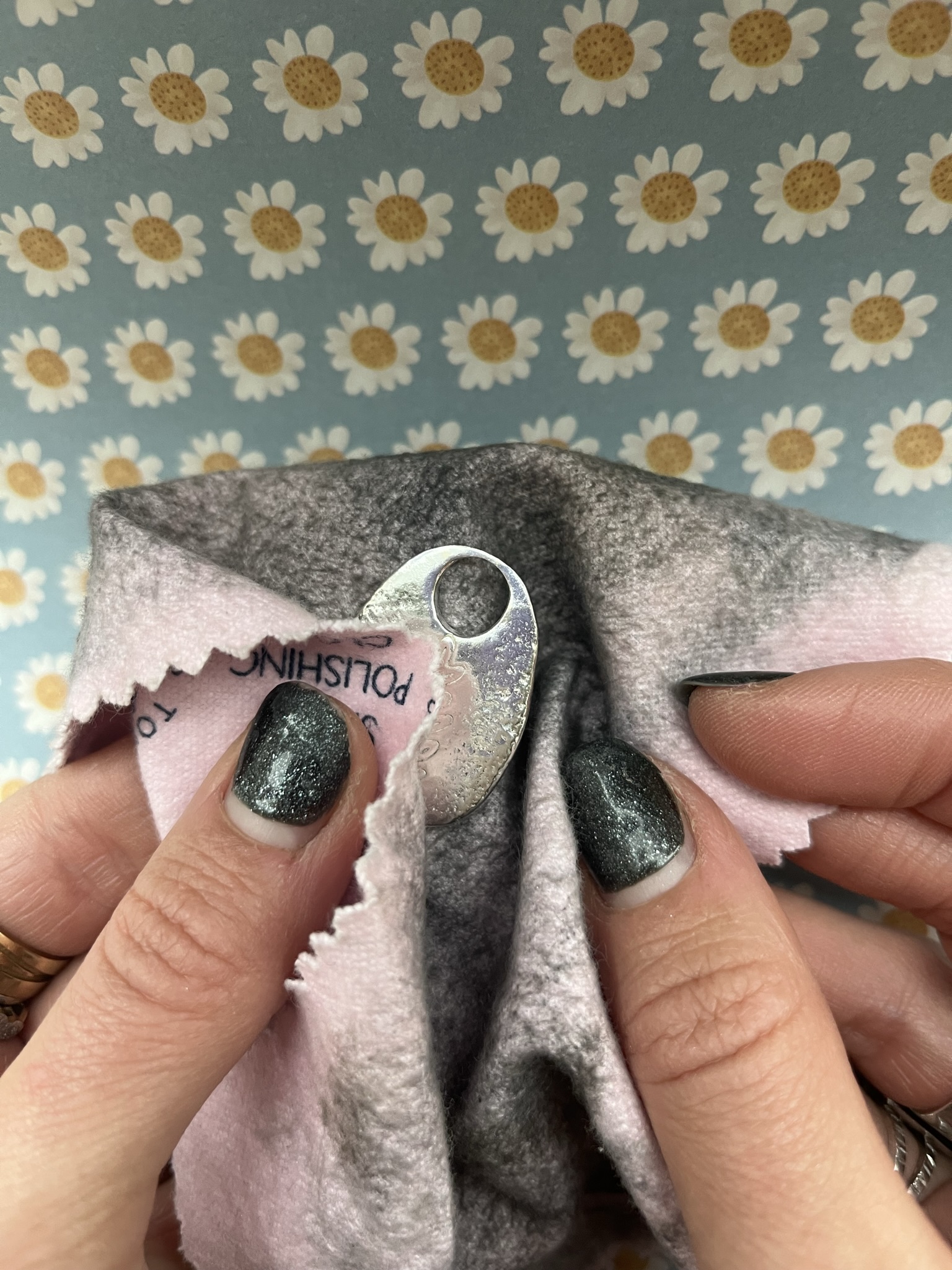
Can I hallmark silver clay?
Yes silver clay can be hallmarked.
In Britain there are specific laws regarding the precious metals dating back to the 15th century. We would recommend you get in touch with your local Assay office who can help you navigate this.
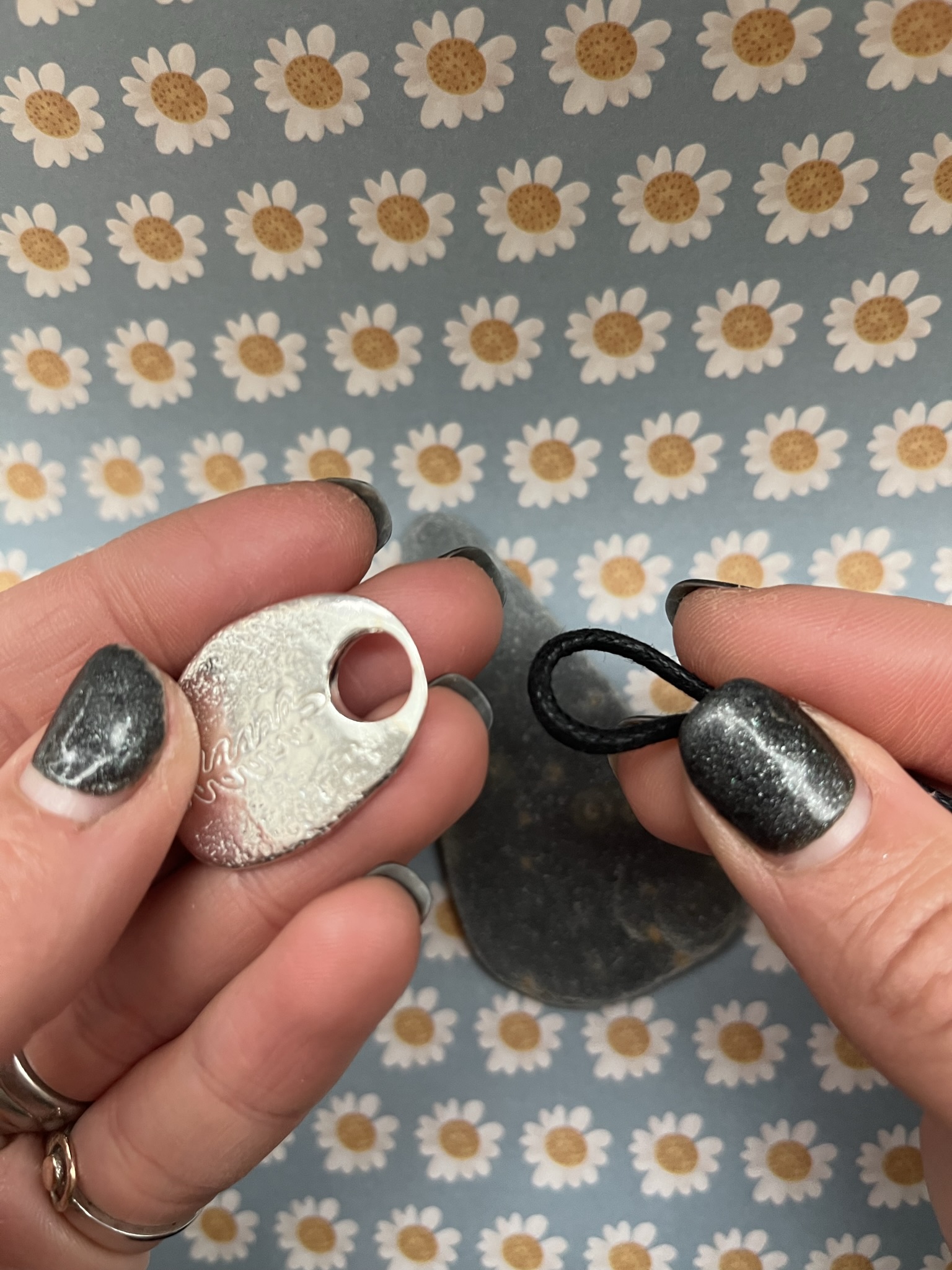
What tools do I need for silver clay?
You need very little to get started with silver clay and use a fair few kitchen item (though don’t reuse them for food).
Handy equipment could include:
- Acrylic/Perspex rolling pin
- Cutters
- Scalpel
- Emery boards
- Needle files
- Hand blow torch
- Heatproof block
- burnisher
More specialist equipment would be:
- Kiln
- Barrel tumbling machine
- Soldering station
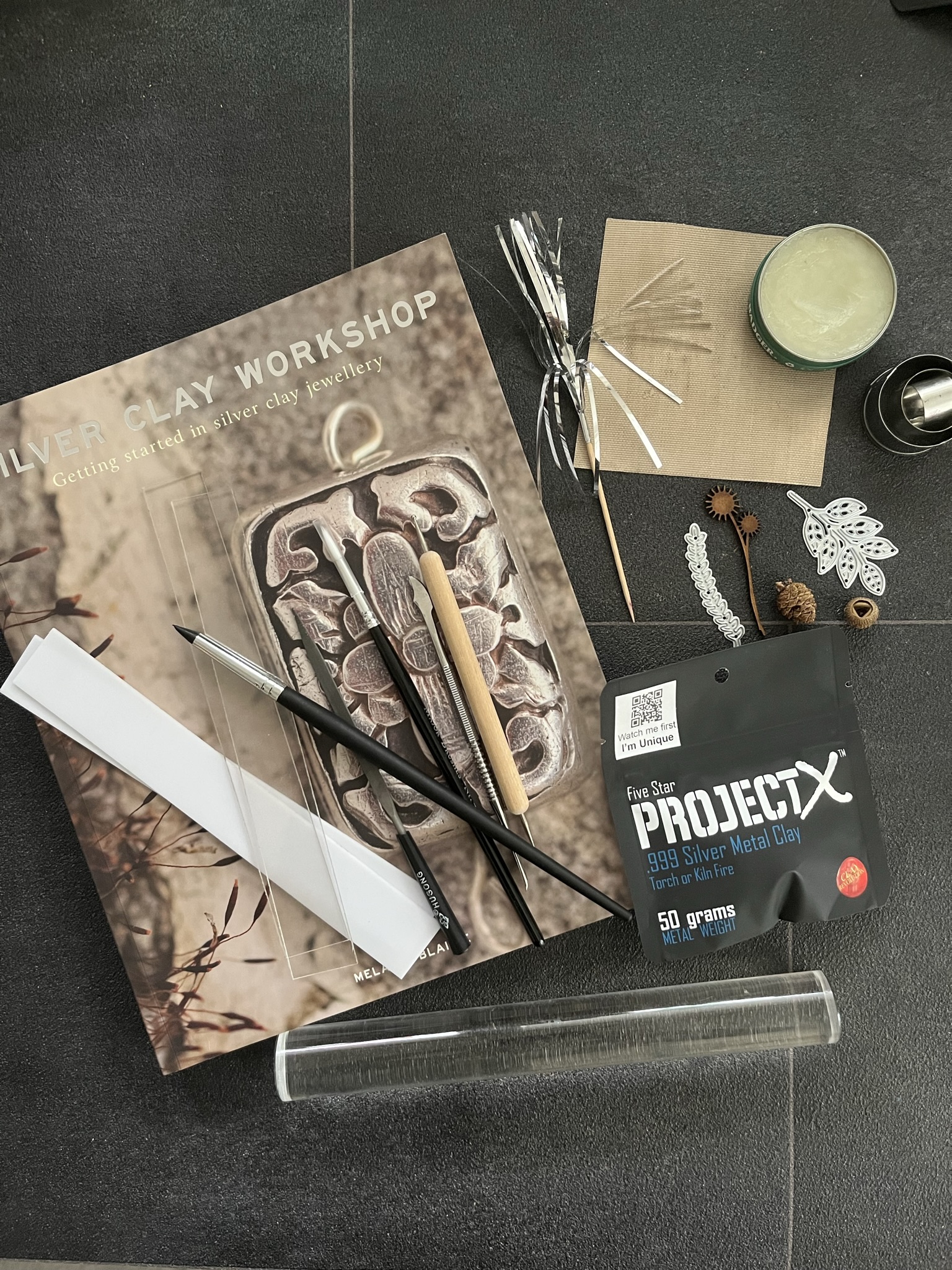
What safety equipment do I need for silver clay?
It’s important to be safe when heating any item up. You’ll need to assess what the risks are as an individual in your chosen environment, be accountable for those and make changes according to what you have assessed you need.
As a general rule when making silver jewellery you need:
- A stable and safe workspace and access to water.
- It’s also important to protect your eyes, wear an apron and ensure hair is tied back and there are no loose sleeves or clothing.
- Tweezers and a heatproof block are essential.
Where can I buy silver clay?
You can buy online or over the phone at www.cooksongold.com
Packets of silver clay are sold in grams. As well as silver clay, you can also purchase hydration fluid, slip and accessories such as moulds plus kilns and blow torches.
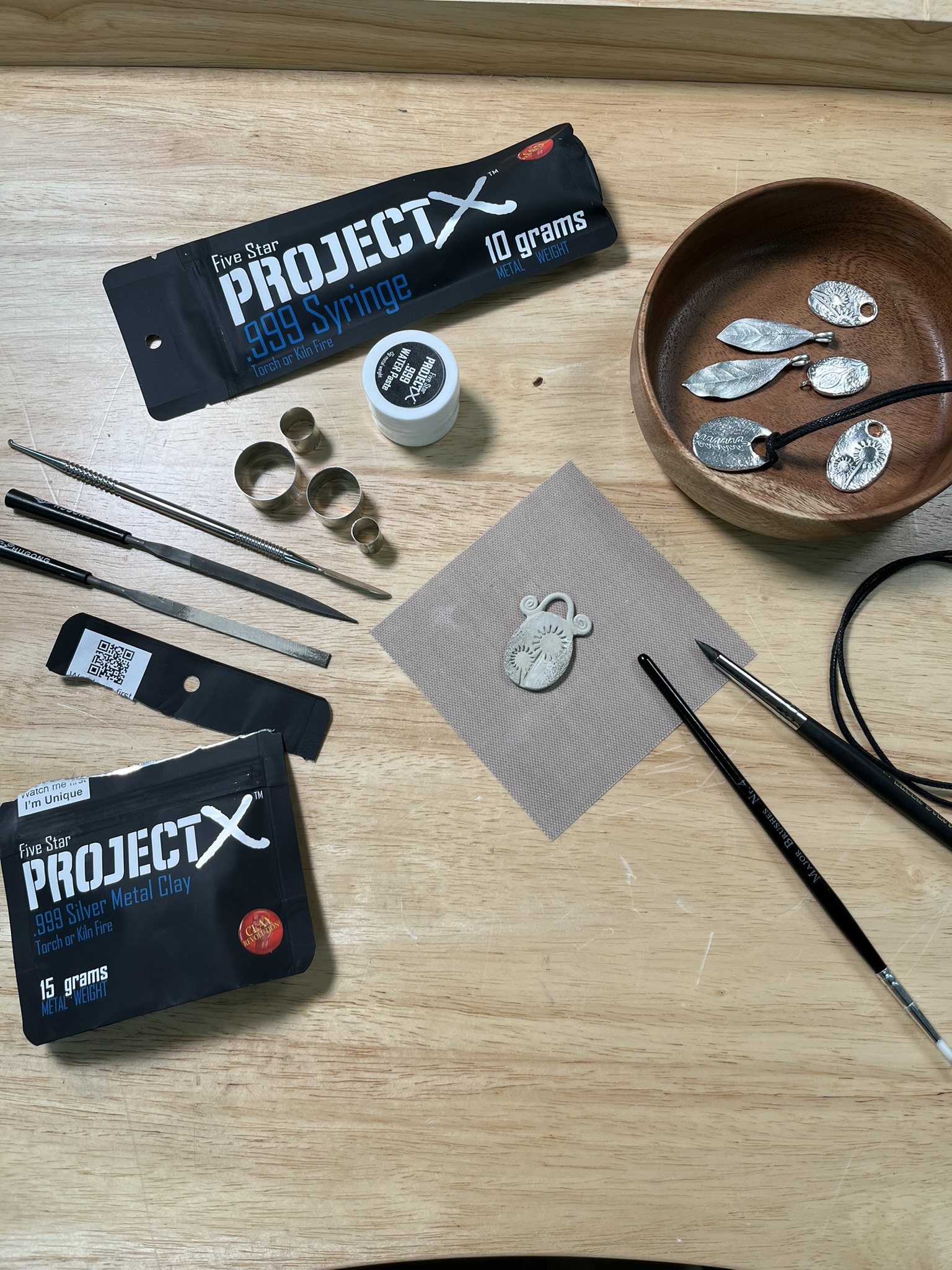
To watch our silver clay FAQs video visit our YouTube channel or scan the QR code.


Sian Brown
Sian has been hand making her award winning jewellery in the West Midlands for over 12 years. Sian spent 10 years in Birmingham’s historic Jewellery Quarter before relocating to a quiet Worcestershire village.

